The delicate tea buds sway gently in the breeze, soaking up the rain in the tea garden, heralding the onset of spring. It's not just a signal for the season; it's also a sure sign that this year's fresh spring tea is hitting the shelves. Even though the traditional Qingming Festival has already come and gone this year, the excitement for spring tea remains as strong as ever. From "pre-Qingming" to "post-Qingming," whether you're browsing online or strolling through local markets, anything related to spring tea grabs everyone's attention and can even lead to a sudden "tea-buying craze." So, have you had a taste of this year's spring tea yet?
What's the Deal with "Spring Tea" Anyway?
Spring tea, as the name implies, is tea that's plucked during the spring season. The harvest window typically stretches from late March to late May, right before the rainy season kicks in. Spring tea can be further categorized based on when it's harvested: early spring tea, mid-spring tea, and late spring tea. Among these, early spring tea and mid-spring tea are usually the cream of the crop.

Spring Tea Buds Covered With a Layer Of Fluff On The Surface
This season is when tea bushes wake up from their winter slumber, and tea leaves sport that lively, fresh green look with a subtle aroma. It's not just about a cup of tea; it's a time that symbolizes a deep yearning for spring.
Why All the Hype About Spring Tea?
There are several reasons spring tea is held in such high regard. From a scientific viewpoint, it's primarily because of the top-notch quality it offers. The unique spring climate, with its ideal mix of temperature, sunlight, and rain, provides the perfect conditions for tea bushes to thrive. This helps accumulate vital components like amino acids in the tea leaves, while also boosting levels of catechins, chlorophyll, and polyphenols. These ingredients are key factors that shape the taste and aroma of the tea.
Furthermore, the mild spring temperatures mean fewer pests, reducing the need for excessive pesticide use. This makes spring tea healthier and cleaner. And let's not forget the visual appeal - spring tea looks more attractive with plump tea buds that are perfect for shaping during processing. The leaves often have that lovely tender green hue that's easy on the eyes.
On top of that, the pleasant spring atmosphere, combined with centuries of historical and cultural traditions, fills people with anticipation for spring tea. Spring itself acts like a natural filter, and the vibrant green of the new tea buds fits perfectly with the spring vibes, adding a tantalizing element to the tea-drinking experience.
What's Special About Spring Tea?
Spring tea is all about harvesting during the spring season when tea leaves are at their best. The buds are tender, full of life, and carry that unmistakable spring charm. It's because tea bushes have been hoarding nutrients over the winter, and they're in their prime as spring arrives, making the tea leaves come alive.
Top-Quality Treat: Spring tea is renowned for being one of the best in the business, with early spring tea and mid-spring tea leading the pack. The rich combination of essential compounds results in a full-bodied flavor, a strong aroma, and a delightful aftertaste.
Nutrient Powerhouse: After the winter break, tea bushes kick off a new growth cycle in spring. This leads to a bounty of amino acids, catechins, and other nutrients in the tea leaves. These substances are crucial for the taste and quality of tea.

A Close-Up Of Tea Shoots In Spring
The Healthy and Pure Choice: The mild spring temperatures mean fewer pests, reducing the need for excessive pesticide use. That makes spring tea a healthier and purer choice, not to mention the unique flavor.
Picture-Perfect: Spring tea leaves are easy on the eyes, with plump tea buds that are perfect for shaping during tea processing. The leaves often display that tender green hue that's visually captivating.
The Temptation of Spring-Harvested Green Tea
Of all the tea categories, green tea is the one that's most closely linked to spring tea. Tea leaves harvested during spring are typically used to craft green tea, including early spring tea, mid-spring tea, pre-Qingming tea, and pre-rain tea.
1.The spring weather and generous sunlight mean tea buds grow quickly, giving them that tender, vibrant green appearance brimming with spring character. It's the ideal kind of freshness for making green tea while preserving that newfound vibrancy.
2.Spring tea is widely recognized as the prime time for producing top-quality green tea. The fresh, nutrient-rich tea buds contribute to the exceptional quality of green tea during this season, with early spring tea and mid-spring tea usually taking the crown.
3.Spring tea boasts relatively higher levels of amino acids, catechins, and other bioactive compounds that are vital for green tea's characteristic properties. These components not only influence the tea's taste but also provide health benefits.
"Spring Tea" Isn't a Recent Discovery
Spring tea isn't some trendy invention of modern tea culture; it's deeply rooted in the rich history of Chinese tea culture. While the history of tea culture can be traced back to around 3000 years ago in the region of Ba (present-day Sichuan), the way people enjoyed tea back then was vastly different from today. They used to pluck tea leaves and chew them, which can be described as a "hardcore" way of tea consumption.
As time went on, tea culture evolved into a more sophisticated practice, with records related to tea cultivation, processing, and consumption appearing between the 1st and 3rd centuries. Even though tea-making techniques weren't as refined back then, the popularity of tea leaves was evident.
During the Tang and Song dynasties, tea's spread gained momentum, with tea being transported through the Grand Canal to northern regions. This led to a significant surge in tea's popularity. It was during this period that the concept of "spring tea" started appearing more frequently in poetry and literature. With the arrival of the Ming and Qing dynasties, the variety of teas expanded, and tea processing techniques matured. People's love for spring tea has remained intact, showing that spring tea has been a preference for tea drinkers since ancient times.

Spring Tea Buds
Why Should You Sip on Some Spring Tea?
After a long winter's nap, tea trees pack on nutrients, reaching their peak potential. Spring tea is brimming with amino acids, catechins, and various other nutritional goodies along with aromatic components. These are the powerhouse players behind the healthy perks and the lip-smacking taste of tea. Plus, thanks to the gentle spring weather and fewer bug problems, spring tea is a healthier option. Its appearance is eye-catching too, with tea buds snugly formed and often showing off a delicate shade of green.
Picking the Perfect Spring Tea
With top-notch quality often comes a higher price tag for spring tea. Sometimes, sneaky tea vendors might try to sell you counterfeit or lower-grade teas, like "revived tea" or "dyed tea." So, when you're shopping for spring tea, caution is key to avoid falling for fakes. There are two trusty ways to spot the real deal: check out the look and color of the tea leaves and savor the aroma. These methods will help you ensure you're getting your hands on genuine spring tea and treat your taste buds to a unique tea experience.
Whether you're approaching spring tea from a scientific angle or sipping it through the lens of history, it never fails to captivate tea aficionados and remain a gem in the world of tea. Every year, the spring tea season is eagerly awaited by tea industry folks and enthusiasts alike. Now that the spring tea season is here, have you had a sip of this year's batch? Why not steep yourself a cup of spring tea and immerse yourself in the essence of spring and the aroma of tea?
Some Terminology About Spring Tea

Spring Tea Buds Covered With a Layer Of Fluff On The Surface
"Early Spring Tea," "First Flush Tea," "Pre-Qingming Tea," and "Pre-Rain Tea" are all fancy terms that give more detail about spring tea, helping to describe its characteristics and quality. These terms are typically used to sort spring tea into different categories based on when it's harvested and its overall quality.
Early Spring Tea: "Early Spring Tea" is the cream of the crop, representing the first harvest of the spring season when tea leaves are picked just as tea bushes begin to wake up. These buds and leaves are super fresh, plump, and packed with nutrients, delivering the richest flavors.
First Flush Tea: "First Flush Tea" is like a sub-category of "Early Spring Tea." It refers to the initial batch of tea leaves picked for tea-making. While it's part of "Early Spring Tea," it doesn't necessarily mean it's the best quality, as these leaves can sometimes be used for experimentation or early product testing.
Pre-Qingming Tea: "Pre-Qingming Tea" is all about those tea leaves plucked before the Qingming Festival. This festival typically falls on the fourth or fifth day of the fourth month in the Chinese lunar calendar, a time when tea leaves are at their prime. They grow in the lovely spring season, rich in nutrients, delivering the best flavors.
Pre-Rain Tea: "Pre-Rain Tea" is all about tea leaves plucked before the the Grain Rain (谷雨) season, usually in mid to late April. These teas are also considered high-quality spring teas because tea bushes get to soak up more moisture from the spring rains, giving them a unique flavor.
So, these terms help tea enthusiasts and buyers understand and choose the type of spring tea that matches their preferences, taking into account the specific season and harvest time, all highlighting its unique qualities.



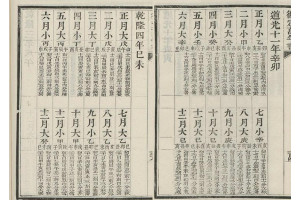
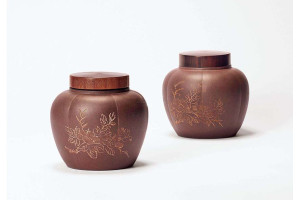
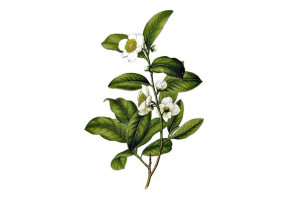

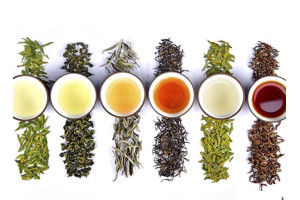
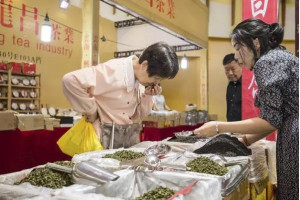
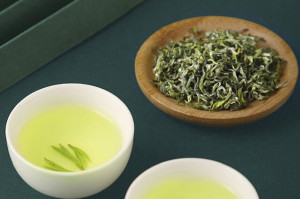
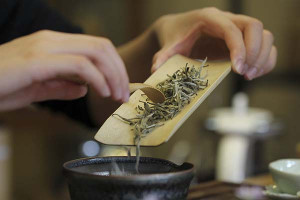
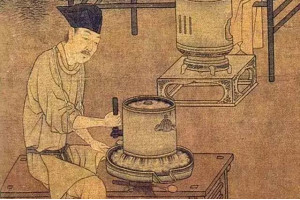
Leave your comment